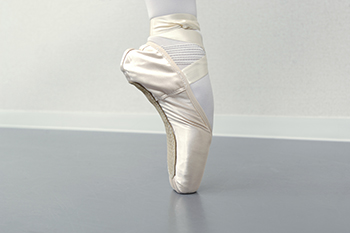
In ballet, the coordination of foot bones is essential for achieving fluid and graceful movements. During a tendu, the foot extends and stretches, with the bones and tendons working together to create a smooth, elongated line. A plié involves bending the knees while keeping the feet firmly grounded, requiring precise articulation of the ankle and foot bones to maintain balance and control. Port-de-bras, the movement of the arms in coordination with the feet, enhances overall fluidity and expression. Effective foot and ankle articulation involves strengthening the muscles and tendons surrounding these areas to ensure flexibility and stability. Proper technique and consistent practice help ballet dancers achieve aesthetic, elegant movements and avoid injury through careful, controlled use of the foot bones and surrounding structures. If you are a ballet dancer, and have injured your foot or ankle, it is suggested that you consult a podiatrist who can provide treatment and guide you on how to perform specific stretches for optimal results.
If you have any concerns about your feet, contact Glenn Aufseeser, DPM from Lakewood Foot and Ankle Specialists. Our doctor can provide the care you need to keep you pain-free and on your feet.
Biomechanics in Podiatry
Podiatric biomechanics is a particular sector of specialty podiatry with licensed practitioners who are trained to diagnose and treat conditions affecting the foot, ankle and lower leg. Biomechanics deals with the forces that act against the body, causing an interference with the biological structures. It focuses on the movement of the ankle, the foot and the forces that interact with them.
A History of Biomechanics
- Biomechanics dates back to the BC era in Egypt where evidence of professional foot care has been recorded.
- In 1974, biomechanics gained a higher profile from the studies of Merton Root, who claimed that by changing or controlling the forces between the ankle and the foot, corrections or conditions could be implemented to gain strength and coordination in the area.
Modern technological improvements are based on past theories and therapeutic processes that provide a better understanding of podiatric concepts for biomechanics. Computers can provide accurate information about the forces and patterns of the feet and lower legs.
Understanding biomechanics of the feet can help improve and eliminate pain, stopping further stress to the foot.
If you have any questions please feel free to contact our offices located in Lakewood and Manchester Township, NJ . We offer the newest diagnostic and treatment technologies for all your foot and ankle needs.
